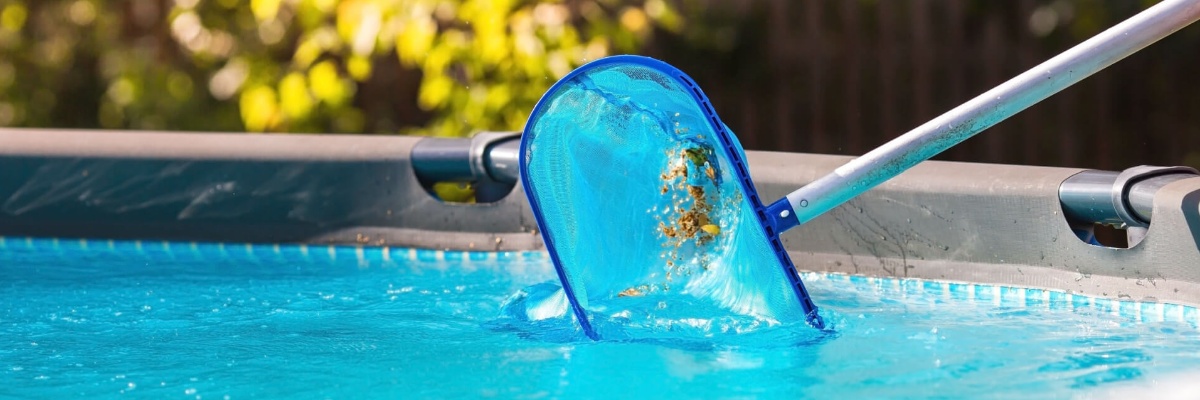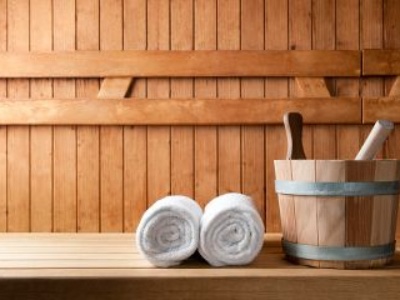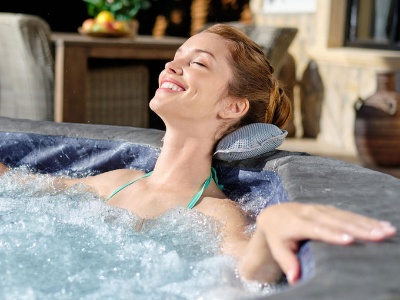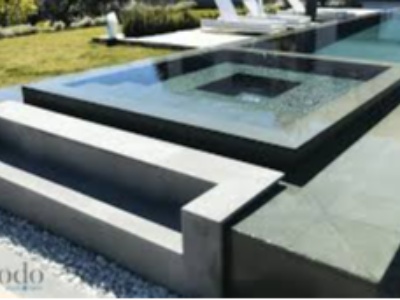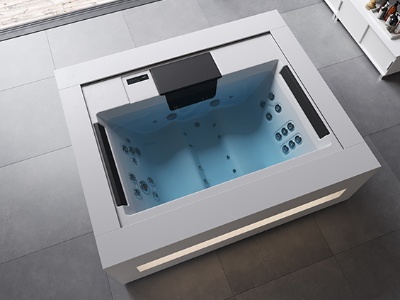
Investing in a swimming pool represents a significant cost, and preserving the lifespan of its equipment is essential to avoid unnecessary expenses. A faulty pump, a dirty filter or a damaged liner can result in high repair costs, or even require premature replacement. Regular maintenance and simple actions can optimise the longevity of all your pool's components. In this article, discover the best practices for taking care of your equipment and extending its lifespan.
Best practices for cleaning your pool
A well-maintained pool is not only synonymous with clear, pleasant water, but also with increased longevity for all its equipment. The filter, pump, skimmers and liners require regular attention to avoid premature wear and costly repairs. Proper maintenance optimises their efficiency, reduces costs and ensures the optimal long-term operation of your pool. Discover the best practices for preserving the quality and durability of your equipment.Adopt a regular cleaning routine
Good maintenance starts with regular cleaning of the pool and its equipment. Leaves, insects and other impurities can clog the filtration system and cause malfunctions if not removed frequently.1. Clean the bottom and sides
Over time, impurities and algae can accumulate on the bottom and sides of the pool, promoting the proliferation of bacteria. To avoid this:- Use a robot cleaner: Automatic or electric, it sucks up debris and limits the accumulation of dirt.
- Vacuum cleaning: Ideal for small pools or to supplement the work of the robot.
- Brushing the walls: It is recommended to brush the walls once a week to prevent limescale and algae deposits.
2. Maintaining skimmers and pre-filters
Skimmers are essential for removing surface impurities before they reach the filtration system.- Empty and clean the skimmer baskets every week.
- Make sure they are not blocked by leaves or insects.
- Inspect the seals and connections to prevent water leaks.
Optimising the filtration system
Filtration is one of the most heavily used parts of your swimming pool. Proper maintenance prevents the accumulation of dirt and reduces the strain on other equipment.1. Clean the filter regularly
A clean filter guarantees effective filtration and limits the clogging of the other elements of the hydraulic circuit:- Sand filter: Carry out a backwash every 2 to 3 weeks.
- Cartridge filter: Rinse it with clean water every week and use a specific cleaner once a month.
- Diatomaceous earth filter: Backwash and add new diatomaceous earth after each cleaning.
2. Check the pressure
The pressure gauge on your filter indicates whether the pressure in the system is normal. If the pressure is too high, it means that the filter is clogged:- If the pressure is 0.3 bar higher than the initial pressure, clean the filter.
- Too low a pressure can indicate an air intake or a water circulation problem.
Monitor the proper functioning of the pump
The pump is the engine of the water circulation system. A pump in good condition ensures efficient mixing and optimal filtration.1. Check for leaks
- Regularly inspect the seals and connections to prevent water loss.
- If you find a leak, replace the worn seals to avoid excessive water consumption.
2. Clean the pump regularly
- Empty and clean the pump basket every week.
- Make sure that the water circulates properly to avoid overheating.
Prevent wear and tear of equipment
Taking certain precautions will help extend the life of your pool equipment.- Avoid thermal shock: Never abruptly drain the pool, as this could damage the structure and the liners.
- Use suitable products: Overly aggressive chemical treatments can damage the skimmers, the seals and the pool surfaces.
- Protect your pool in winter: Take active or passive steps to prevent freezing and cracks in the equipment.

